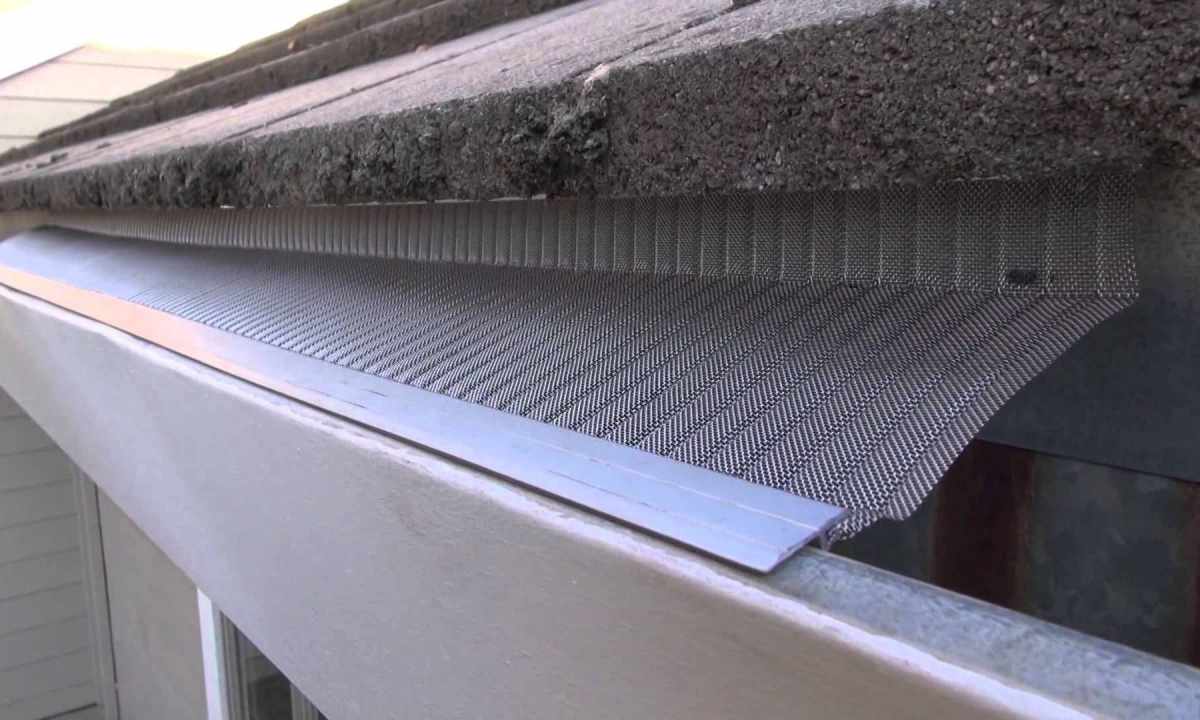The parapet on roof performs protective and decorative functions. For the first time it began to be built in France several centuries ago. In translation from French parapet - "sublime wall".
Selection of parapet
Architects and designers more often give preference in modern construction to flat roofs. In order that people could go on them and feel in safety, construct parapets. These protections also protect roofs from impact of strong wind, adverse weather conditions. Sides prevent snow descent from roof that is especially relevant if near the building there are pedestrian paths and there can pass people. Protections perform also decorative function. Exterior of buildings in this case appears more complete.
According to standards, parapets need to be established if height of the building exceeds 10 meters (for flat roofs) and 7 meters (for the roofs established under inclination). Protections can be made of different materials. The following types of parapets are applied:
- brick (are continuation of walls and are made of the same material, as the building);
- concrete (are built on over panel houses);
- metal (establish both on flat, and on pitched roofs, and their main advantage - possibility of the dosed snow descent);
- frame (establish mainly on roofs of the modern buildings collected from slip panels represent metal framework which fastens on edge of roofing overhang and from above is sheathed by faltsevy panels).
When choosing design of parapet it is necessary to consider building roof form, material of which it is built. Also it is worth taking into account, it is how exactly going to operate roof. On it it is necessary for safe location that height of parapet was not less than 0.6 meters. For the operated roof the minimum height of parapet - 1.2 meters. Figured protections look very originally and unusually, but more often designers give preferences to simpler designs.
For areas with certain weather patterns the experts advise to choose metal parapets with the good system of outflow intended for drain of precipitation. It is in certain cases admissible to establish the combined protections. For example, the lower part can be brick or concrete, and top - metal. The metal grid can be established on building perimeter parallel to brick parapet. Such constructive decisions raise the price of construction, but at the same time allow to unite positive sides of several types of protections at once. The combined parapets are reliable, durable and give the chance to solve snow descent problem from roofs.
Installation of parapet
Concrete and brick parapets
Brick and concrete parapets externally look very organically as are continuation of the building. Most often they are established on flat roofs on all their perimeter. The parapet should be built after the end of the main construction jobs - coverings of roof and installation of overlappings. Each number of protection needs to be reinforced. For brickwork usually add the components increasing durability to solution. It is important that thickness of protection did not exceed thickness of walls of the house.
After vykladyvaniye or mounting of protection it is necessary to provide its dense adjunction to roof, to make waterproofing. The roof and parapet have to connect smoothly, at an angle 45 °. For connection it is better to use cement and sand solution. The knot of adjunction on unexploited flat roofs is established by fusing of rolled covering. The area of adjunction becomes covered by layer of bituminous mastic. From below the roofing material is built up. It needs to be made with spade on already laid covering. Fusing of covering to upper part of parapet where subsequently the protective outflow will be established is carried out. The next strips of rolled material on the site of adjunction need to be laid with overlap in 150 - 200 mm. Rolling is recommended to be carried out most carefully that repair of roof has turned out reliable. Now instead of rolled roofing material more often use polymeric membrane materials. They perform the main functions better and are more durable.
Under the influence of atmospheric precipitation the brick and concrete guard rails have property to collapse over time therefore it is necessary over the basis of parapet to establish otliva. Concrete otliva are the lean-to or duo-pitch plates made of concrete and reinforced by metal rods. It is possible to find otliva of different width in sale. It is important that after mounting at edges of parapet overhangs were formed. Mount otliva on cement and sand solution.
Metal otliva make by method of cold rolling of thin-sheet steel. On sale the trenches with duo-pitch or flat profile and also zinced or covered with polymeric material are provided. Such platbands fix on the parapet basis by means of self-tapping screws with the rubberized washers.
Metal parapets
Metal parapets make of galvanized steel, aluminum. Galvanized steel is subject to corrosion therefore such protections need additional treatment special protective varnishes. Grids with copper covering are very qualitative and durable, but they differ in high cost. The metal parapet has to have also the racks and knee braces supplied with bendings. At the same time bendings serve as fastenings, connecting parapet and furring of roof. To protect metal parapet from corrosion, places of fastenings should be closed special stubs and also to process in addition sealant.
Parts of parapet can also be attached by means of self-tapping screws and hardware. Such way is relevant when it is roofed by professional flooring. Under metal parapet it is necessary to establish rubber gasket and to press to it fastening, to record it. In this case joint will turn out airtight.
It is better to entrust installation of parapets to professionals. If to execute mounting not qualitatively, the protection can be loosened over time and cease to perform protective function.

